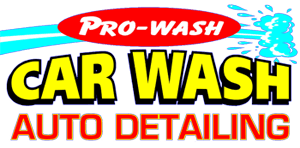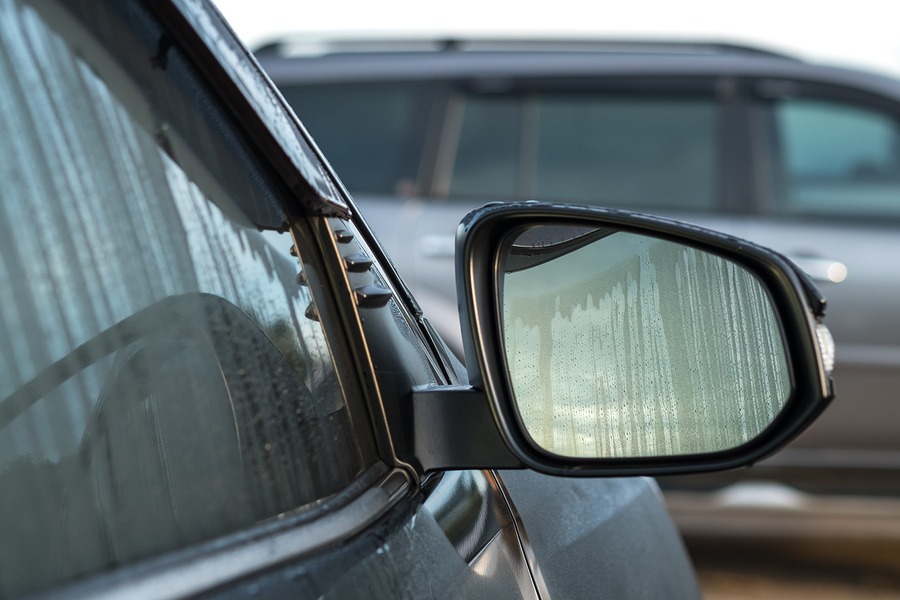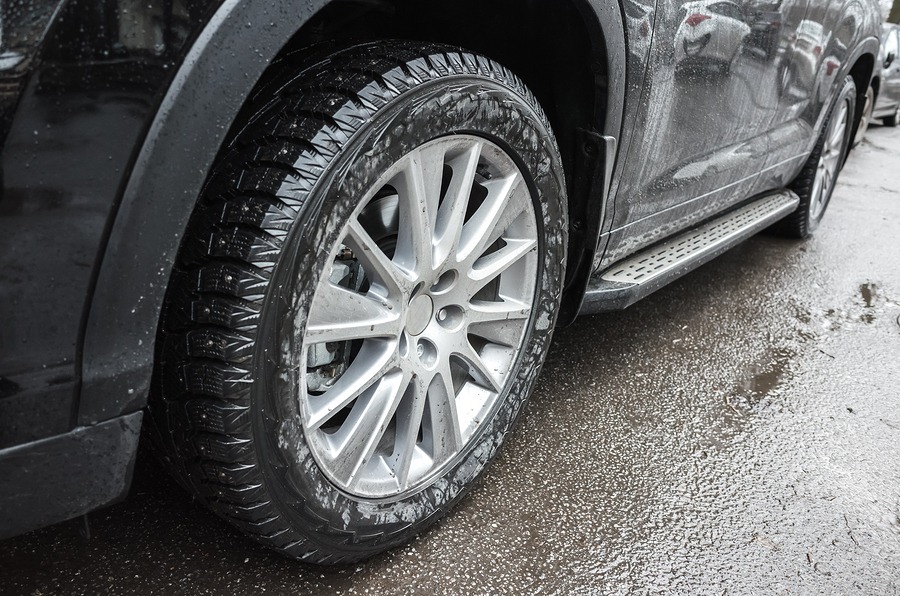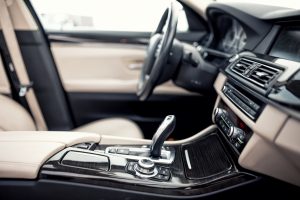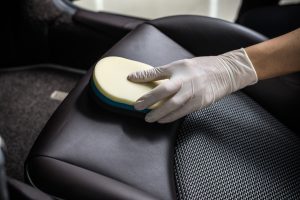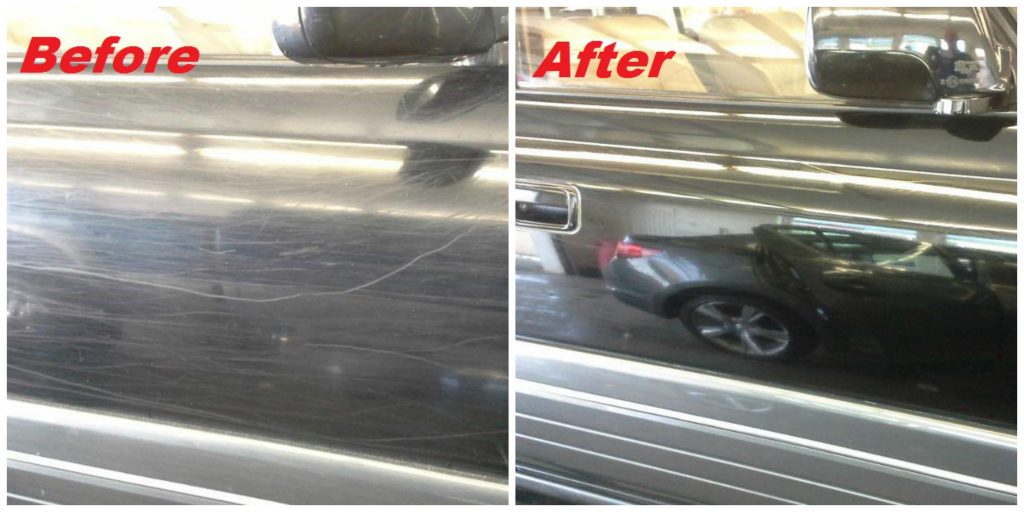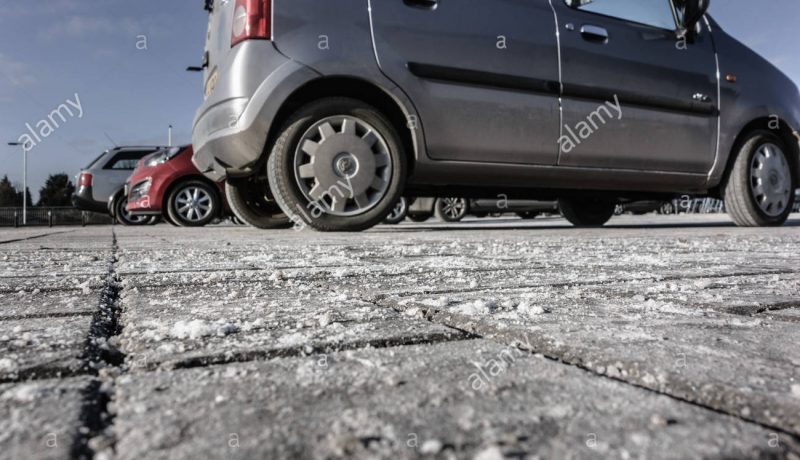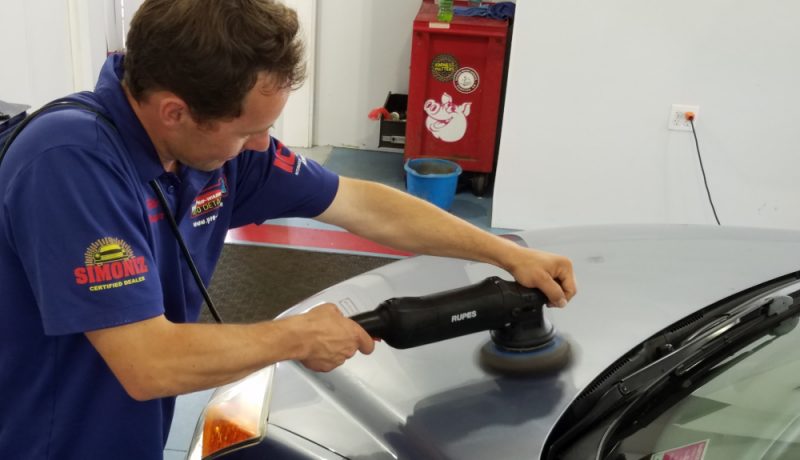“What is that smell?” We’ve all heard it. That smell that could be who knows what coming from the vents of your car or under the seat or in the upholstery itself. You’ve tried cleaning and scrubbing, baking soda, everything you can think of, all of the tips in our post about cleaning your car’s interior. When all else fails, the next step is an ozone treatment. You may have heard of it. Ozone machines are the area of professional detailers. We’ll break it down for you here.
What is an ozone treatment?
Ozone treatment is the use of the gas ozone (O3) to remove odors, bacteria, and viruses. Your detailer will place an ozone generator in your vehicle for a designated amount of time, depending on the strength of the odor. As the gas permeates your car, the odor is neutralized and any bacteria and viruses are killed. Ozone treatments are the best method for removing stubborn odors. As a gas, it can reach inside vents, far under seats, saturate upholstery fibers, and reach all the nooks and crannies that you can’t.
How does ozone work?
Ozone is the most powerful sterilant in the world. Ozone uses the chemical reaction of oxidation to break down unwanted molecules. O3 is an unstable molecule that, when it comes into contact with another molecule of any kind, will destroy it through the process of oxidation. Bacteria and viruses are destroyed when ozone comes into contact with the cell wall and breaks it down on a molecular level, effectively destroying the cell entirely.
When should I get an ozone treatment?
An ozone treatment by your detailer is done using an ozone generator. Typically, this process is done by sending specific-wavelength UV light at oxygen atoms. The generator will be placed in your vehicle for as long as necessary to remove any odor. Ozone odor removal is permanent, provided you have removed the source of the smell. Your detailer will thoroughly clean your car before the ozone treatment. It’s important to make sure that the cause of any smell is taken care of. In the case of mildew, make sure you have dealt with the source of the dampness as well.
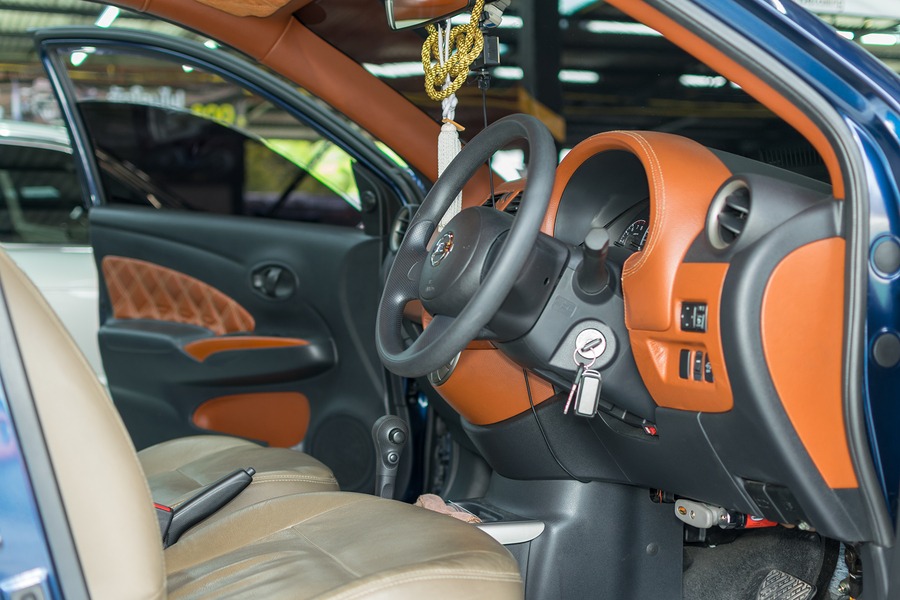
One of the biggest causes of vehicle odors that can’t be removed is tobacco smoke. Phenol, an invisible chemical present in secondhand smoke, is responsible for irritation of the eyes and respiratory tract. An ozone treatment will completely oxidize any remaining phenol gas, effectively neutralizing the odor. In this case, the odor will not return because the molecules have been destroyed rather than masked or filtered.
Ozone is a gas which will dissipate after about half an hour after treatment, so there is no risk of exposure from your vehicle. Your detailer will be sure to sufficiently air out your vehicle before returning it to you.
Can I use an ozone treatment in my house?
It can be very tempting to purchase an ozone generator yourself for use in the home. While some ozone generators are marketed for use in the home, the EPA has not cleared them for indoor use. It’s important to note that ozone is toxic to animals, including humans. Breathing ozone can cause the same chemical reaction to happen in your body that is happening to the bacteria and viruses in your car. Symptoms include irritation of the upper respiratory tract, cough, and difficulty breathing. If you are looking for odor removal in your home, it’s best to look for natural ways to remove the odor, such as baking soda or cat litter.
Do you have a smelly car that you just can’t freshen up? Make an appointment with our detailing department today for an ozone treatment!
